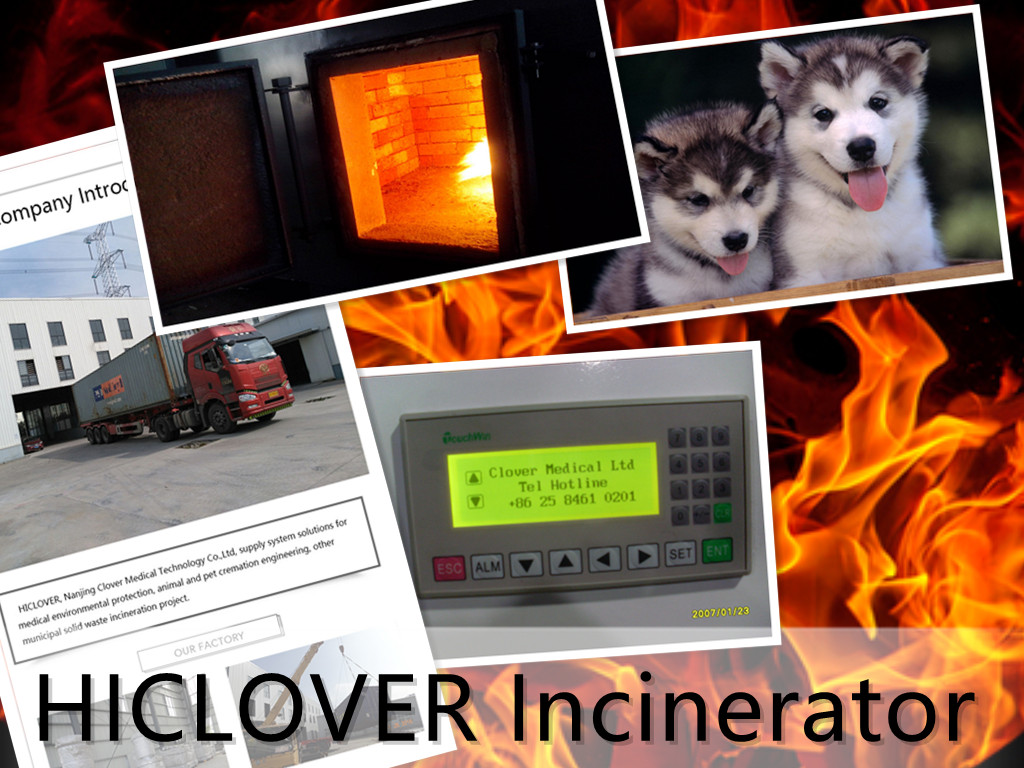Plastic incineration facilities are a critical component of waste management systems around the world. These facilities play a crucial role in reducing the volume of plastic waste and preventing it from ending up in landfills or polluting our environment. However, the operation of plastic incineration facilities is not without its challenges, particularly when it comes to regulatory compliance.
One of the biggest regulatory challenges for plastic incineration facilities is emissions control. When plastic is incinerated, it releases a variety of harmful pollutants into the air, including dioxins, furans, and volatile organic compounds. These emissions can have serious health and environmental impacts, and as a result, strict regulations are in place to limit the amount of pollutants that can be emitted from these facilities.
Regulatory authorities set specific emission limits that plastic incineration facilities must adhere to, and failure to meet these limits can result in fines, penalties, or even the shutdown of the facility. In order to comply with these regulations, plastic incineration facilities must invest in advanced pollution control equipment, such as scrubbers, filters, and catalytic converters, to effectively capture and treat harmful emissions before they are released into the atmosphere.
Another regulatory challenge for plastic incineration facilities is the handling and disposal of ash. When plastic is incinerated, it leaves behind a residue of ash and other byproducts. This ash can contain heavy metals and other toxic substances, posing a risk to human health and the environment if not managed properly. As a result, strict regulations govern the storage, transportation, and disposal of incineration ash.
Facilities must comply with stringent regulations regarding the treatment and disposal of incineration ash, which often involves the use of specialized containment systems and disposal methods. Failure to properly manage and dispose of incineration ash can result in serious environmental contamination and legal consequences for the facility.
In addition to emissions control and ash management, plastic incineration facilities must also comply with a range of other regulations related to health and safety, waste management, and environmental protection. This includes obtaining permits and approvals from regulatory authorities, conducting regular monitoring and reporting of emissions and other operational parameters, and participating in regular inspections and audits to ensure compliance with regulatory requirements.
Meeting these regulatory challenges can be a significant financial burden for plastic incineration facilities, as it often requires significant investment in pollution control equipment, waste management systems, and compliance monitoring activities. However, compliance with these regulations is crucial to ensure the safe and sustainable operation of these facilities and to protect the health and well-being of local communities and the environment.
In conclusion, while plastic incineration facilities play a critical role in managing plastic waste, they are faced with a range of regulatory challenges related to emissions control, ash management, and other environmental and safety considerations. Compliance with these regulations is essential to ensure the safe and responsible operation of these facilities and to minimize their impact on human health and the environment. It is incumbent upon regulatory authorities, facility operators, and other stakeholders to work together to address these challenges and ensure the continued effectiveness and sustainability of plastic incineration as a waste management solution.



